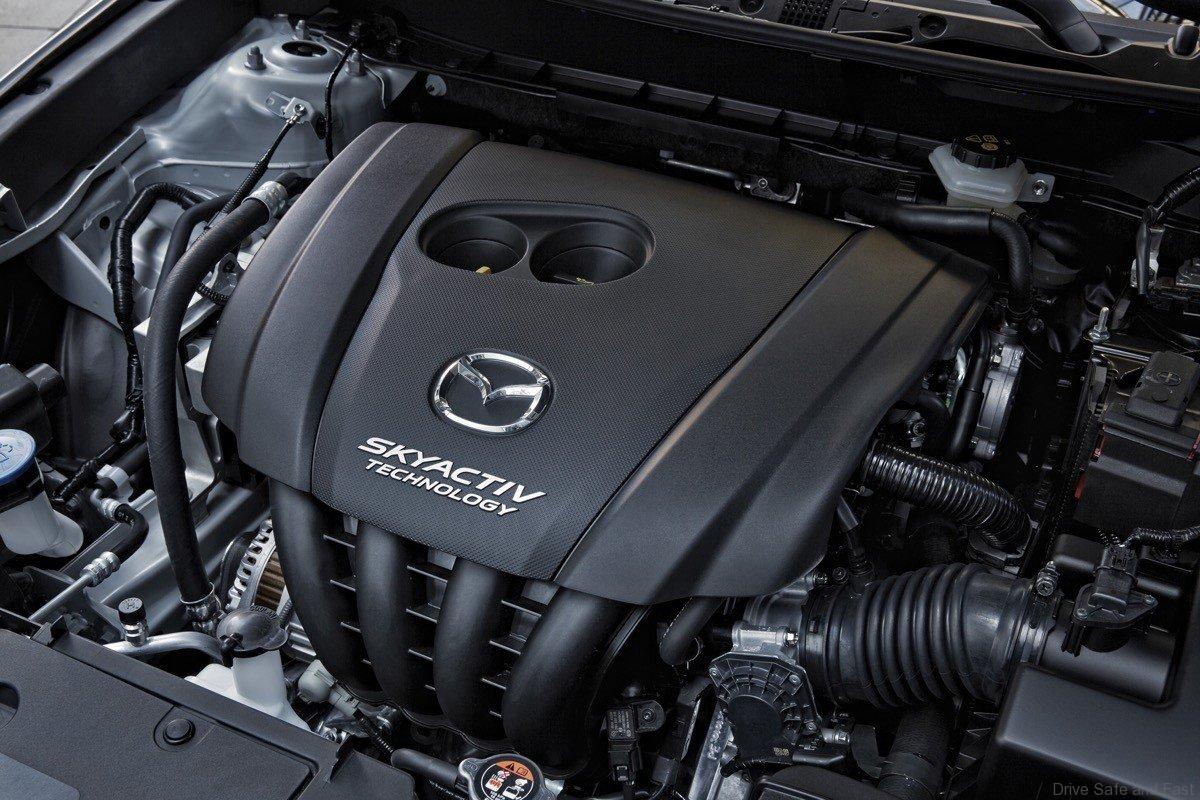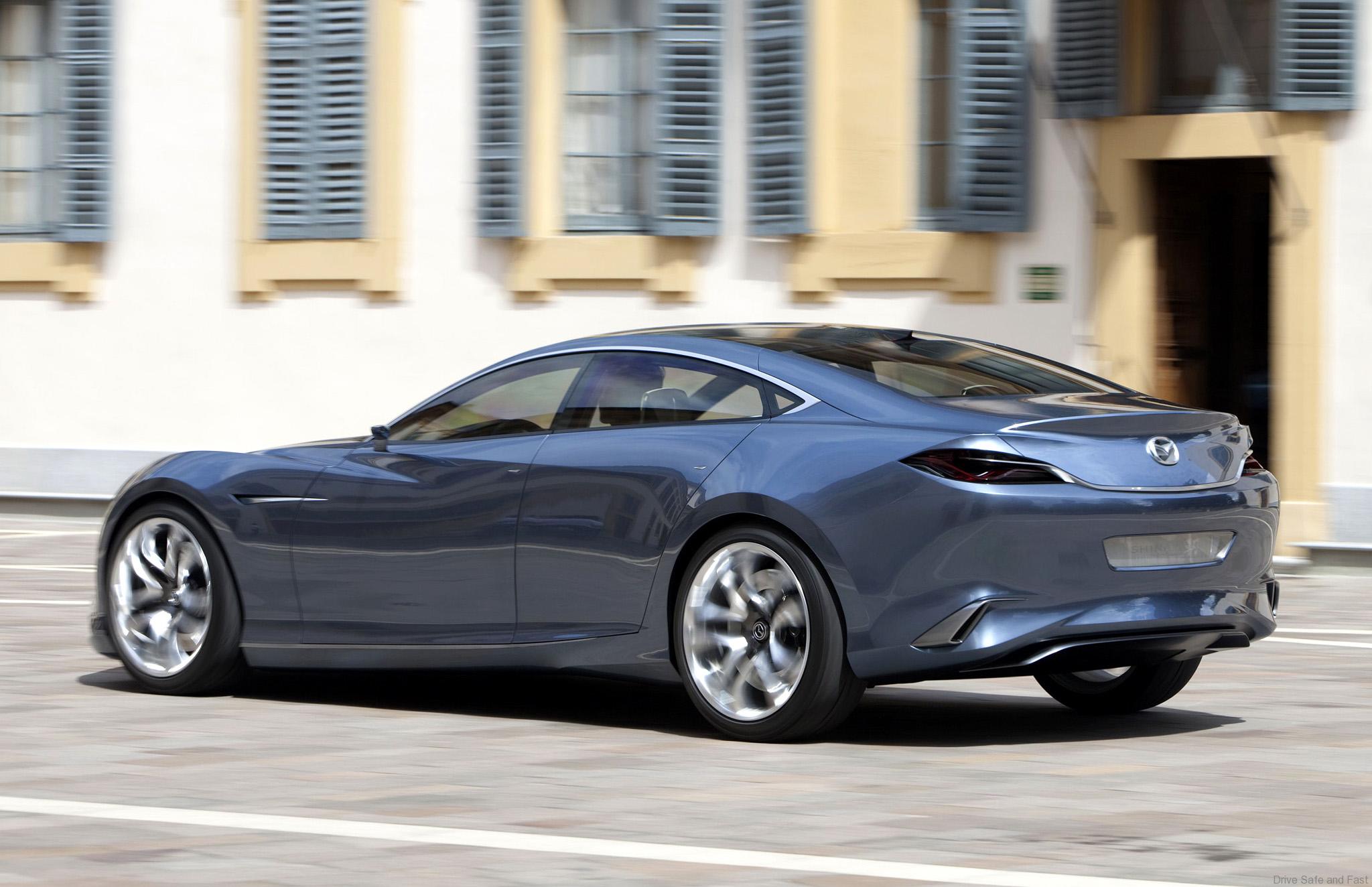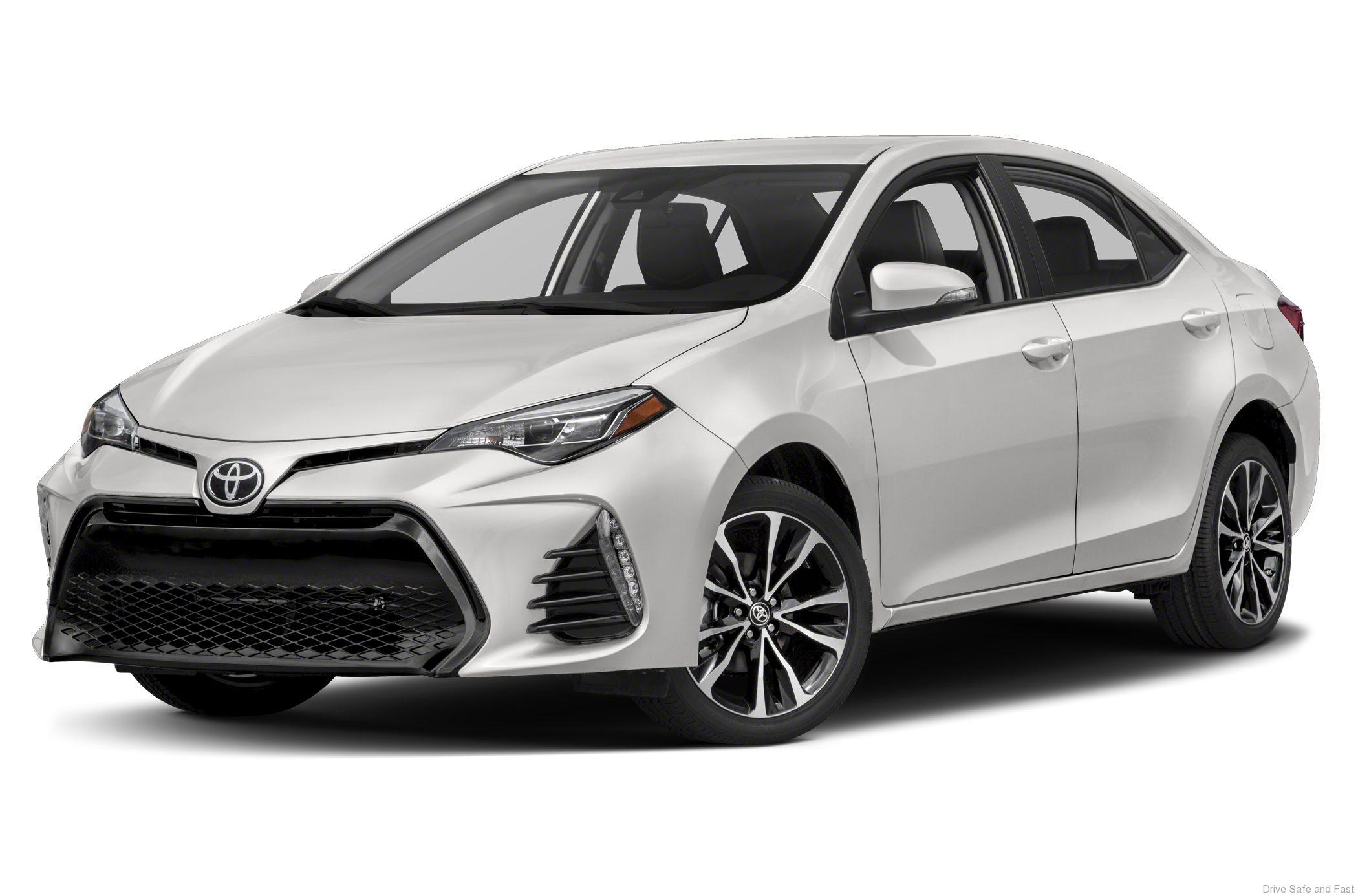Mazda SkyActiv-X will come before full electric Skyactiv arrives
The SkyActiv-X engines are meant to ease the transition between the current internal combustion era toward a fully electric automotive landscape for the masses, reducing dependence on fuel and satisfying the increasingly stringent emissions regulations.
However, during that transition, Mazda claims these engines will actually produce less overall pollution than even the fully electric cars of today. Of course, that idea does boggle the mind, but they’re taking the ‘well-to-wheel’ perspective, considering all the energy and time expended and pollution caused between the points of usable energy generation and its final utilisation for the entire life cycle of the vehicle.
They argue that in spite of electric cars in 2017 producing zero emissions and using not a drop of fuel to operate, their SkyActiv-X approach is actually cleaner and more environmentally sound. That’s because the world’s electricity grid is primarily generated, ironically, by burning fossil fuel, and so far the various mechanism and logistical solutions used to extract the raw material to both refine fuel and manufacture batteries.
Mazda argues that EVs on a global scale has not yet reached the sustainability high point needed to truly have an impact in reducing global CO2 emissions, airborne pollutants, and industrial waste, and that a more considered approach to current methods are the most tenable.
This is all part of their Zoom-Zoom 2030, an ambitious multi-faceted vision that looks to reduce their corporate average well-to-wheel emissions by 50% as compared to 2010 and by 90% by 2050.
Together with technical partner Toyota (pictured above), Mazda expects to roll out a range of electrified vehicles by 2019, possibly coinciding with the introduction of their first car to feature the new SkyActiv-X engine and its unique compression ignition method, a line of motors that will also incorporate a supercharger to improve response and power. There have been hints that it’s due to debut in an all-new Mazda3, earmarked for a 2018 reveal. Following that, PHEV (plug-in hybrid) vehicles are expected to join the range in 2021.


















